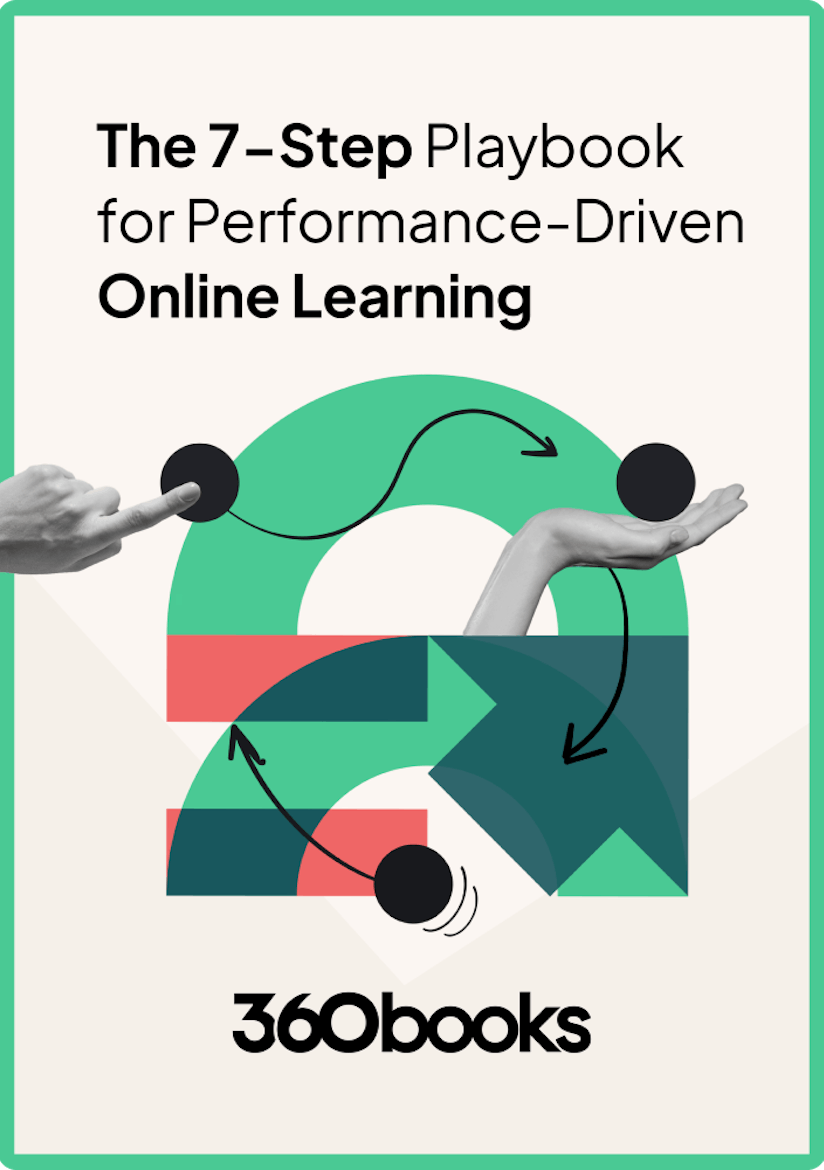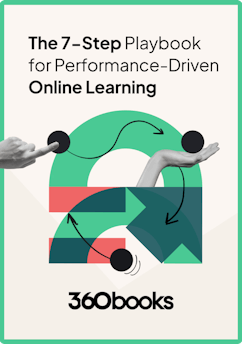Chapter 1: The Online Learning Transformation
One of our main findings is a fact that many L&D professionals would have had a hard time believing a few years ago: the majority of the learners we surveyed enjoy the online learning provided by their employers.

Not only this, they tell us they find it effective at helping them upskill in crucial ways, and that it enables them to do their job better.

Overall, online learning was rated four out of five stars – a rating the entire L&D community should be proud of.

Overall, online learning was rated four out of five stars – a rating the entire L&D community should be proud of.
And it’s not just online learning that’s being seen in a positive light. 75% of learners can clearly see the impact of the work their organization’s Learning and Development team does.

Specifically, they find their “workplace training” to be interesting and useful.

These are major achievements that we should all take a moment to celebrate. The profession has come a long way from click-next SCORM courses.
But while it’s clear that we’ve made big strides, we shouldn’t fall into the trap of thinking that there’s no work left to do. The question of impact is still problematic, as we’ll see in the following chapters.
But first: what are the specific aspects of online learning that employees find effective?
Not all online learning is created equal: what employees like (and still dislike) about online learning
Although the quality and perception of online learning have largely improved, satisfaction gaps do still exist. And they seem to fall along fairly clear lines: Employees appreciate online learning that is convenient and flexible, where they can learn at their own pace, and where content is contextually relevant to them.



Conversely, they indicated they disliked online learning that was too long, that wasn’t interactive, and that was boring, repetitive, or irrelevant.



In short, learners gravitated toward what we can refer to as collaborative learning, (more on that in chapter two), and are less keen on the more traditional, top-down approach. This preference for peer-driven learning came through in several key places of our survey.
Employees learn more effectively from their peers
Learners indicated over and over that they found learning from peers (colleagues, managers…) to be the most effective form of learning.
We mentioned above that “online training provided by my employer” was the most cited way employees said they acquired new skills at work. The second-place answer? “Learning directly from my peers”.

When asked what helped them to do their job better, “learning from my colleagues at work” was the most chosen answer over all other options, including online training, mentorship programs, and self-directed learning.

And what about an infinite number of possibilities? When asked to fill in the blank, peers, coworkers, and colleagues came out as the second most popular answer, right after experience.



Learning and Development professionals have leveled up their online learning, no doubt about it. But those that are able to offer contextual, flexible, and interactive online learning experiences have the edge.
Finding a way to incorporate the best of both worlds (peer-driven online learning) will be the way we turn acceptance and engagement into impact. But, as we well know, it’s not so simple to capture the situational knowledge peers can pass on to each other on a one-to-one, or one-to-few basis – when they’re sitting side by side at their desks with their closest colleagues, for instance.
As we’ll see in the section below, offering personalized, expert-driven online learning at scale is a herculean task: the satisfaction gaps regarding online learning provided to employees at very large organizations are naturally a little bit wider.
The challenge of scaling online learning
What might be feasible at a company of 500 or even 2,000 employees becomes a truly monumental challenge at an enterprise level. The sheer number of learners and stakeholders involved, the multiple timezones, languages, and cultural differences, the complexity of juggling a multitude of business units’ needs…the task of maintaining effective online learning for all is harder at big multinationals than it is at the mid-sized business around the corner.
As one might expect, this difficulty is reflected in learners’ opinions of their online learning. When we compare answers from our survey respondents working at companies of 51 - 4,999 employees, to those working at enterprises of 5,000 employees or more, we can notice a slight dip in their levels of satisfaction.
For instance, in the U.S., roughly 10% fewer employees at enterprise-sized companies found online learning provided by their employer to be effective in helping them do their jobs better. In addition, 24% of learners at enterprise companies had no opinion or found it unhelpful, vs only 15% from employees at smaller companies.
10% fewer employees at enterprise-sized companies found online learning provided by their employer to be effective in helping them do their jobs better.

When asked what a typical training experience is like at work, employees at larger companies were slightly more reserved in their answers, across the board:

Most learners at enterprise-sized companies gave the quality of online learning 4 stars, versus 5 stars for all others at smaller organizations. The number of 3 stars also doubled for large organizations.

Finally, learners from enterprise companies see the impact of their L&D team slightly less clearly: While 79% of those at smaller companies said they clearly saw the impact of the work of their L&D team on the organization, only 70% of those at enterprise level companies could say the same.
This moderate discrepancy was also found in the UK, with 72% of enterprise employees saying they see a clear impact, vs 80% at smaller companies, and to a lesser extent, in France (72% vs. 78%).

It would appear, then, that the online learning transformation is far-reaching. However, due no doubt to the challenges inherent in providing L&D at large organizations, it’s slightly less impactful at enterprise-sized companies than at their smaller counterparts.
So, when it comes to driving impact, where does that leave us? When added up, these findings point to the fact that learners see the value in online learning much more clearly than in previous years, thanks to L&D teams’ progress.
What they find most effective is an approach to online learning that is flexible, relevant, and above all, peer-driven. This should come as no surprise; insights from peers are based on institutional knowledge that is closely aligned with the skills one needs to perform better.
What they find most effective is an approach to online learning that is flexible, relevant, and above all, peer-driven.
But there are hints that scaling this type of online learning is a challenge. How, then, can L&D teams deliver this type of convenient and contextual learning in large numbers? Let’s find out in the next chapter.

Is your online learning boring? Not anymore.
By providing your contact info, you agree to receive communications from 360Learning. You can opt-out at any time. For details, refer to our Privacy Policy.
Explore similar resources





